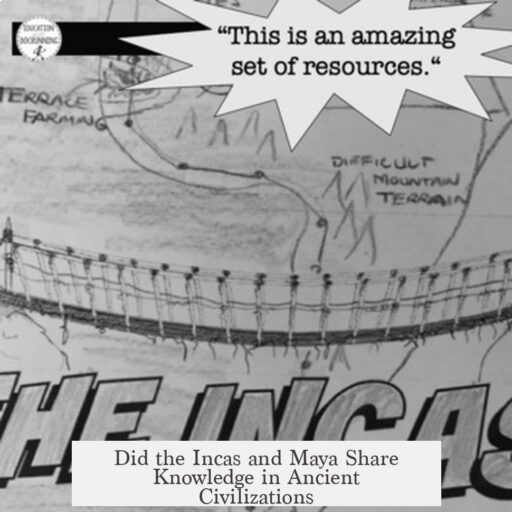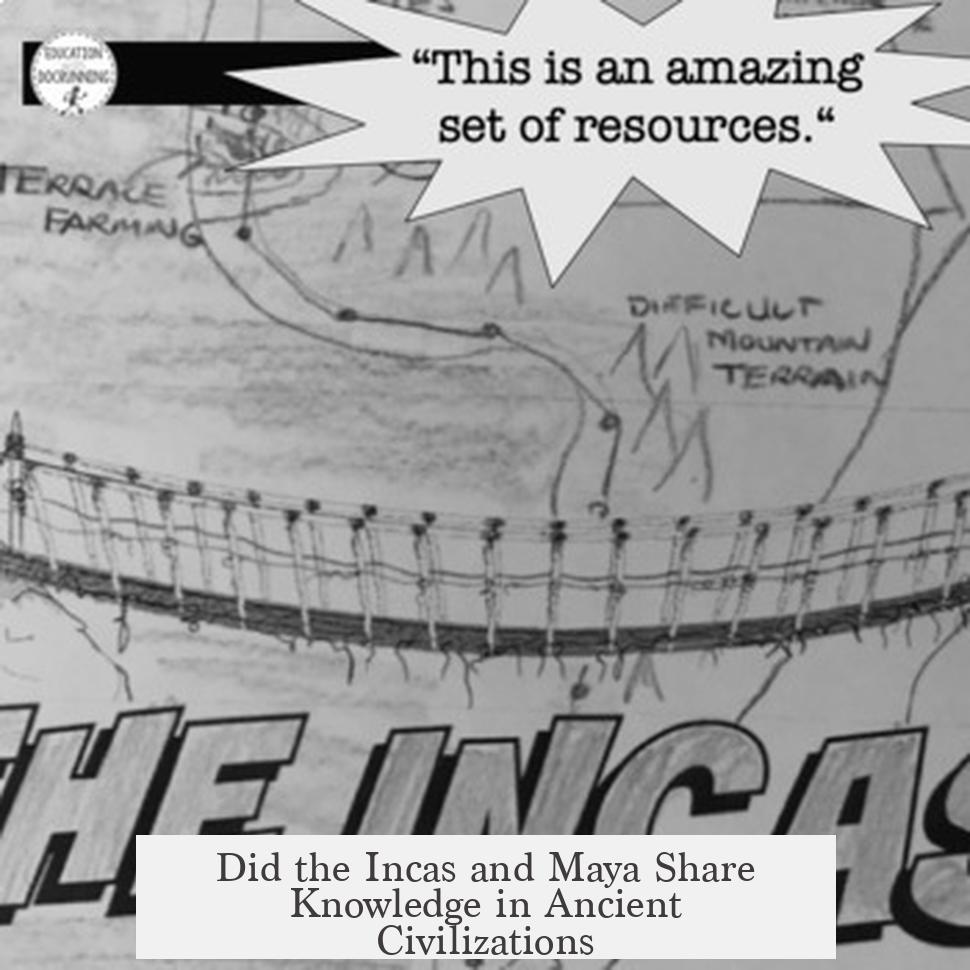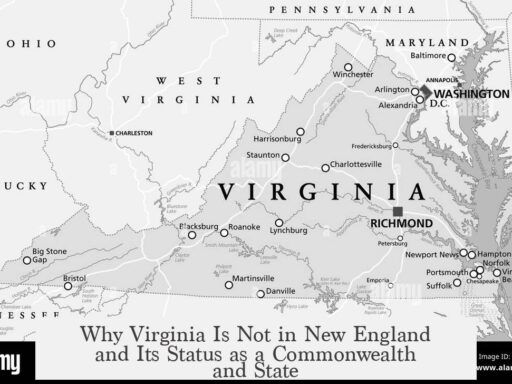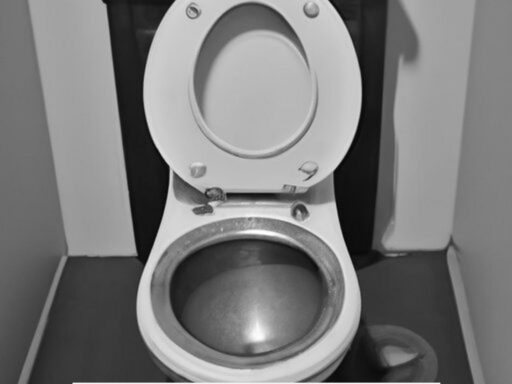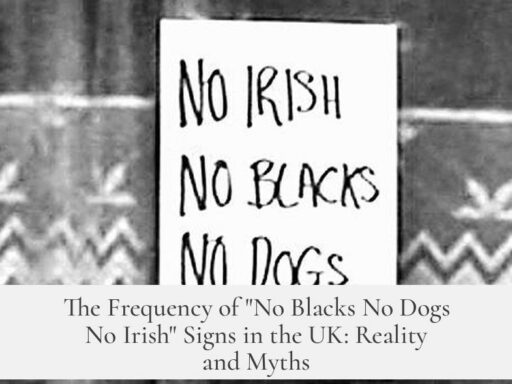The Incas and the Maya did not have direct knowledge of each other. They lived in distinct regions—Incas in the Andes (modern Peru) and Maya in Mesoamerica (Yucatán). These civilizations were separated by thousands of miles of difficult terrain and time periods that only partially overlapped, making direct contact or extensive knowledge improbable.
The classic Maya civilization flourished between 200 and 800 AD, reaching its peak long before the Inca Empire rose in the 15th century. While some Maya cities and people existed during Inca times, the height of Maya greatness had declined over a century earlier. Meanwhile, the Inca were establishing a vast empire along the western coast of South America.
Geographically, the Maya inhabited tropical lowlands of southern Mexico, Guatemala, and Belize. The Incas lived in mountainous Andean regions, home to other cultures such as the Wari and Tiwanaku. These natural barriers limited sustained interaction and made travel challenging.
There may have been minimal indirect knowledge through trade networks. Small-scale maritime trade along the Pacific coast could have allowed some exchange of information between coastal Mesoamerican peoples and Andean coastal cultures. However, this contact lacked scale and frequency to foster meaningful understanding.
An analogy compares this limited interaction to that between medieval Europe and China—trade occurred through intermediaries, but direct contact was rare and knowledge incomplete.
Interestingly, the Incas also lacked knowledge about the Aztec Empire in central Mexico, despite the closer geographical proximity between Aztecs and Maya. The Maya and Aztecs, by contrast, had regular mercantile relations and cultural exchanges. Historical records note that Mayan leaders forged alliances with Aztec rulers and even incorporated Aztec warriors. Some Aztec descendants lived in Mayan territories at the time of the Spanish conquest.
| Aspect | Maya Civilization | Inca Empire |
|---|---|---|
| Time Period | Peak classic: 200-800 AD; decline by 900 AD | 15th century empire founded; thriving by Spanish arrival (1530s) |
| Location | Mesoamerica (Yucatán, Guatemala, Belize) | Andean region (Peru, Ecuador, Bolivia) |
| Known Contacts | Aztecs (mercantile and political relations) | Limited/no knowledge of Aztecs or Maya |
- Incas and Maya occupied distant regions with distinct timelines.
- Natural barriers and lack of overlapping peak periods limited contact.
- Indirect trade might have allowed minimal awareness but no detailed knowledge.
- The Maya and Aztecs had significant exchanges; Incas were isolated from both.
Did the Incas and Maya Ever Have Knowledge of Each Other?
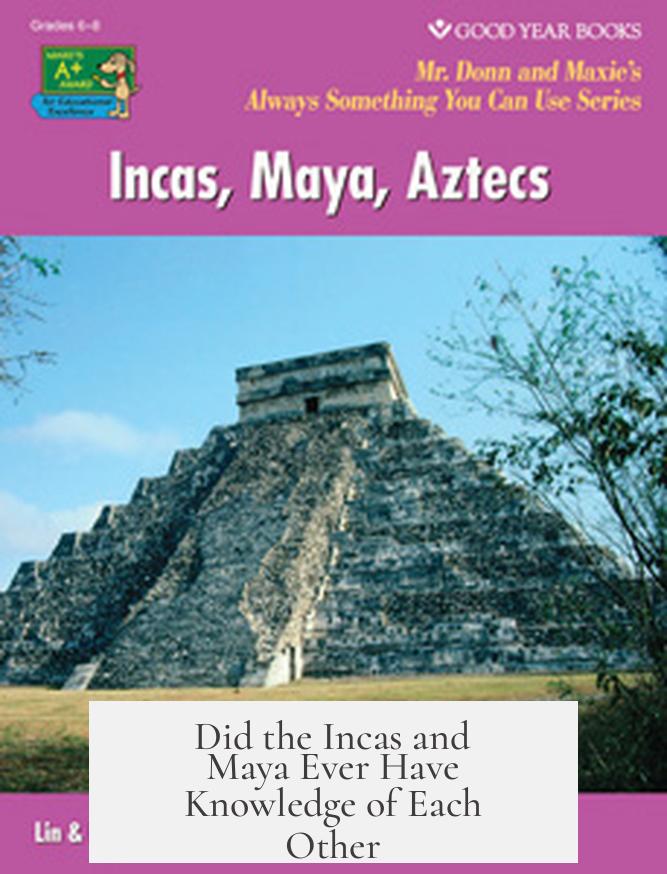
Short answer: No, the Incas and Maya did not have meaningful knowledge of each other. Despite thriving simultaneously in the Americas at certain points, these two civilizations remained largely unaware of one another. Their vast geographic distances, time differences, and lack of direct contact made interaction nearly impossible.
Now, that might sound surprising since both are among the most famous pre-Columbian civilizations. But let’s unpack why the Incas and Maya effectively lived in parallel worlds.
The Geography and Timing Divide
Picture this: The Incas flourish high in the Andes Mountains of Peru, while the Maya occupy the Yucatán Peninsula far to the north, in what is now Mexico and parts of Central America. That’s roughly 3,000 kilometers apart with rough terrain between them—jungles, mountains, and oceans that form natural barriers. Neither ventured far enough into the other’s territory to establish contact.
Even more telling is the timeline. The Classic Period of the Maya civilization runs roughly from 200 to 800 AD. After this period, the Maya civilization experienced a decline. By the time the Incas emerged as a vast empire in the 15th century—over 600 years later—many of the great Maya cities were already abandoned or in decline.
So, snapshot: When the Spaniards arrived in Peru in the 1500s, the Inca empire was booming, while the once-mighty Maya were hanging on with smaller city-states and populations. That timing gap squashes chances for direct interaction even more.
Mesoamerica Versus the Andes: Different Civilizations, Different Worlds
The Maya belonged to Mesoamerica alongside other cultures like the Olmec, Zapotec, and later the Aztecs and Tarascans. Meanwhile, the Andes were home to the Inca as well as civilizations like the Chimu, Wari, and Tiwanaku.
These regions developed distinct cultures, languages, and political structures with minimal overlap. It’s like comparing Europe and China in pre-modern times—regions separated by geography, but with occasional secondhand knowledge through intermediaries rather than direct engagement.
But Could a Whisper Have Traveled Over the Pacific?
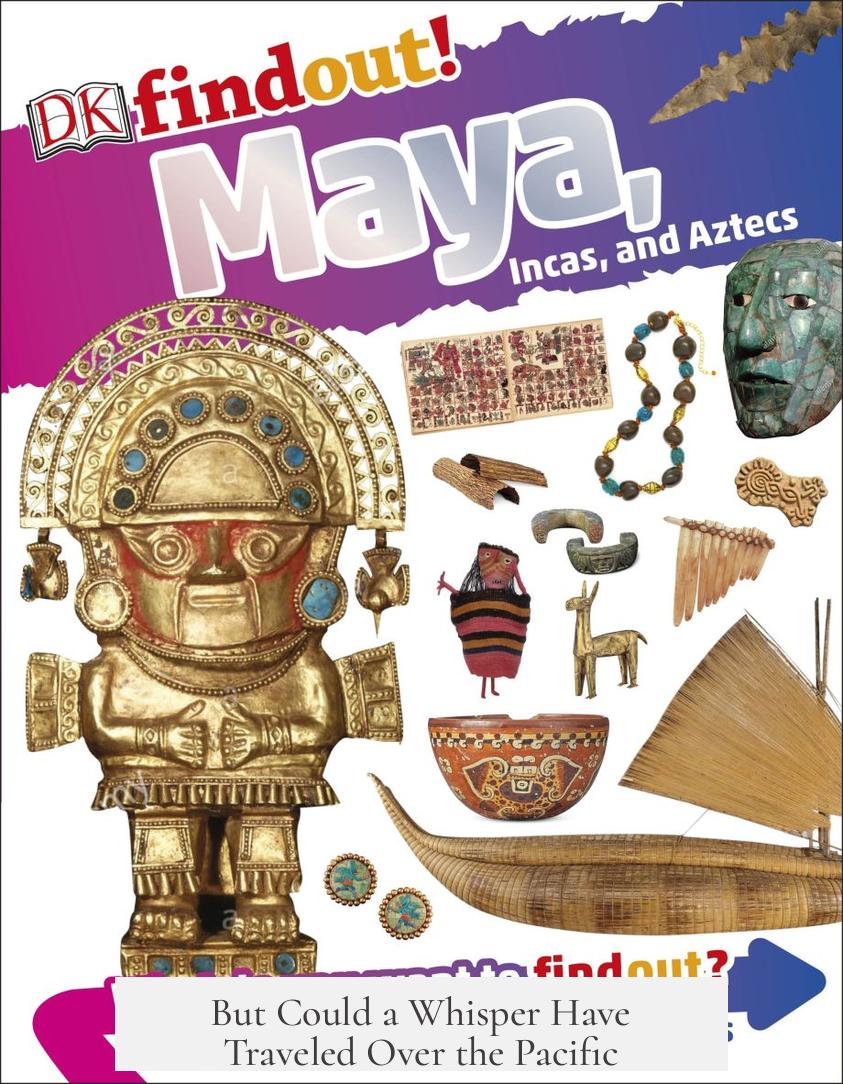
Here’s an exciting thought! Some historians speculate that limited contact via maritime trade across the Pacific Ocean may have occurred, allowing a handful of Mesoamerican traders to hear faint rumors about the Andes.
Does that mean the Maya and Incas swapped postcards? Absolutely not. Any such knowledge was sparse, fragmented, and certainly not widespread. Most people in either civilization had no clue about the other’s existence. The likelihood of detailed cultural exchanges or alliances happening across such a divide is practically zero.
The Incas and Aztecs: Another Missed Connection
If you’re wondering if the Incas at least knew about the Aztecs—another Mesoamerican powerhouse—the surprising answer is no. Despite the proximity of the Aztec and Maya civilizations, the Incas remained isolated from that northern counterpart.
Interestingly, the Aztecs and the Maya did know each other quite well. Diego de Landa, a Spanish missionary, recounts that the Mayans had frequent mercantile relations with the Aztecs. They even borrowed words from the Aztec language Nahuatl and formed political alliances. Aztec warriors were present in Mayan cities, and small Aztec colonies were documented in the Yucatán region just before Spanish conquest. So, while the Maya and Aztecs mingled, the Incas stayed in their southern mountain fortress, oblivious to these northern neighbors.
What Does This Mean for History Lovers?
This story shows that human civilizations—even in the same hemisphere—can develop in splendid isolation due to geography and timing. The idea of a vast, interconnected pre-Columbian America lacks strong evidence when it comes to these two giants, the incas and Maya.
It also highlights how civilizations can shine brightly yet separately, like stars in different constellations. The Maya crafted impressive cities like Tikal and Palenque, with complex calendars and scripts. The Incas built incredible stone architecture like Machu Picchu and developed a vast road system weaving through Andean mountains.
Each had unique stories worth marveling at without forcing them into imagined direct connections.
Final Thoughts and Food for Thought
- Why do we assume all great civilizations interacted? Sometimes, distance and time keep cultures separate, as with the Maya and Incas.
- Could more archaeological discoveries reshape our understanding? Always a possibility, but current scholarship shows little to no direct knowledge between these two powers.
- How does this compare to other ancient peoples? The analogy to limited Europe-China exchanges shows that limited contact is normal where vast distances and barriers exist.
So next time you marvel at the wonders of the Incas or the mysteries of the Maya, remember: they each wove their own tapestry—majestic and rich—but from threads that never quite crossed paths.
